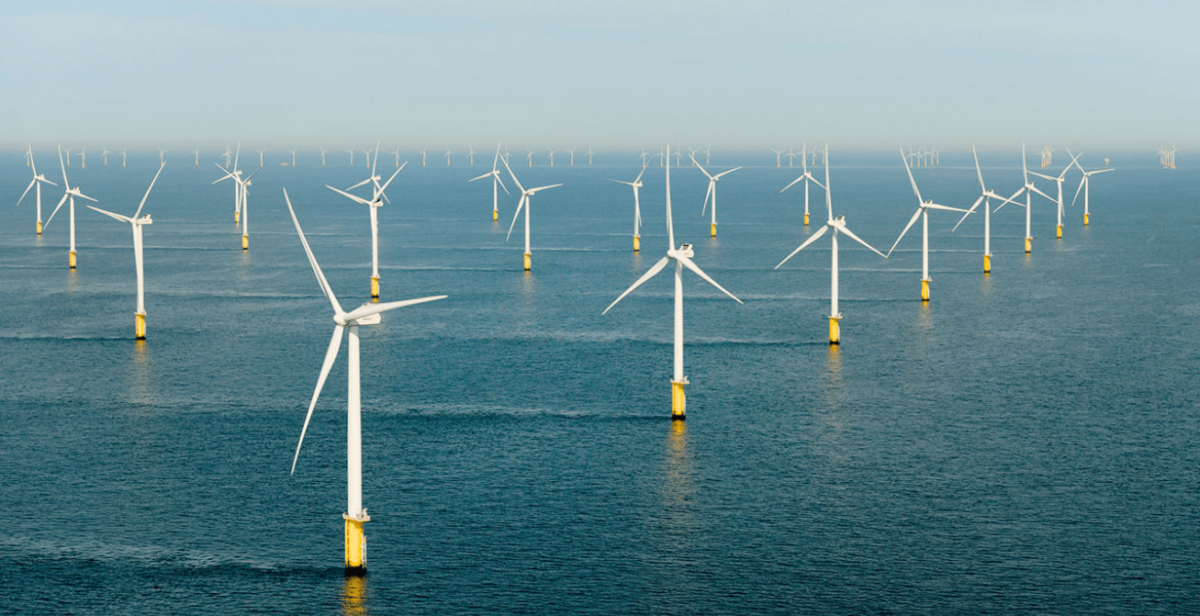 Some US offshore wind developers are likely to cancel some of their power sales contracts, following the New York State Public Service Commission’s denial of petitions filed by a group of developers and a state renewable energy trade association seeking billions of dollars in additional funding from consumers for four proposed offshore wind projects and 86 land-based renewable projects, Reuters reports.
Some US offshore wind developers are likely to cancel some of their power sales contracts, following the New York State Public Service Commission’s denial of petitions filed by a group of developers and a state renewable energy trade association seeking billions of dollars in additional funding from consumers for four proposed offshore wind projects and 86 land-based renewable projects, Reuters reports.Developers who filed the petition, including subsidiaries of Orsted, Equinor, and bp, told Reuters that they are reviewing the Commission’s decision before reassessing their offshore projects, like Orsted’s 924- MW Sunrise Wind, Equinor/bp’s 816-MW Empire Wind 1, 1,260-MW Empire Wind 2 and 1,230-MW Beacon Wind.
The petitions denied were submitted by Empire Offshore Wind LLC and Beacon Wind LLC, Sunrise Wind LLC, and the Alliance for Clean Energy New York, Inc. (ACENY). The petitions were seeking an adjustment to Renewable Energy Credit (REC) and Offshore Wind REC (OREC) purchase and sales agreements entered with NYSERDA to address recent inflationary pressures that are impacting project economics.
In denying financial relief, the Commission said it opted to preserve the bidding process that provides renewable energy resources to New York in the fairest and most cost-effective manner. On a monthly bill basis, the Commission said granting the request to amend the executed contracts outside the competitive procurement process would have resulted in as high as 6.7% increases for residential customers and as high as 10.5% for commercial or industrial customers on monthly bills depending on service territory and the level of relief provided.
Similar pressures have doomed some of the first offshore wind power purchase agreements in the US.
Rhode Island Energy recently pulled out of its PPA with Ørsted and Eversource for the Revolution Wind 2 offshore project, citing higher interest rates, increased expenses, and questionable federal tax credits, concluding that the project had become uneconomical.
In July, Avangrid agreed to pay $48 million to pull out of a PPA with Eversource Energy, National Grid, and Unitil for another offshore wind project, the 1,223 MW Commonwealth Wind located 20 miles south of Martha’s Vineyard. Rhode Island Energy, meanwhile, terminated its PPA with Ørsted and Eversource for the offshore wind farm Revolution Wind 2.
Progress despite problems
However, the US offshore wind industry is making some headway despite the calamities.
As Vineyard Wind and South Fork Wind sit on the precipice of delivering their first power to the grid, the pipeline of projects approved for construction has tripled in size with more projects just weeks away from achieving final approval themselves.
These findings are detailed in the Business Network for Offshore Wind’s U.S. Offshore Wind Quarterly Market Report, which documents key investments announced over the past three months, growth in state demand for offshore wind, and notable policy advancements that drove the U.S. market forward between July and September 2023.
Along with steady progress on the first commercial-scale projects and a flurry of project approvals, the third quarter saw California move closer to offshore wind deployment with new authority to buy power generation as well as New England states strengthen their collaboration. Despite this progress, significant cost increases due to global economic turmoil resulted in contract terminations, delaying project deployment.
Additionally, Avangrid and Copenhagen Infrastructure Partners (CIP) recently announced that the Vineyard Wind 1 project completed the successful installation of the first GE Haliade-X Wind Turbine Generator (WTG) for the Vineyard Wind 1 project, which is expected to start generating power later this year.